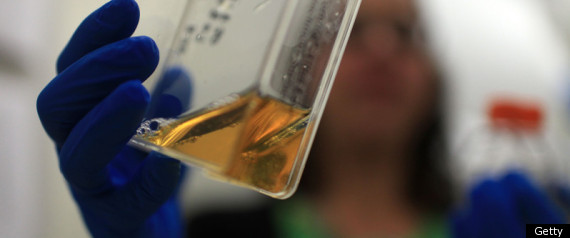
71-year-old from Birmingham died after becoming dehydrated, losing 35lb in five weeks despite being under the supervision of care workers.
When Carol Clay dropped her mother off at the Druids Meadow residential home on the outskirts of Birmingham it was only meant to be a six-week stay.
Norma Spear, a lifelong Brummie approaching her 71st birthday, was increasingly falling while alone at home due to worsening arthritis. After one particularly nasty fall put her in hospital, it was agreed that Norma should move temporarily into a home in September 2010 while her house underwent refurbishment.
Norma, a fiercely independent woman, was against the idea. “She liked her own way and she liked routine,” says Carol, 53, who was Norma’s only child. “She got very frightened of medical people.”
Before arthritis set in Norma would often help out elderly friends who lived close by, pruning flowers in the garden and keeping them company over mugs of tea. Even when her joints began to stiffen she preferred not to be seen in public in a wheelchair, opting for a Zimmer frame instead.
“That’s me done then, isn’t it?” Norma joked with her daughter when told of the plan to move into care. Three years on, the words have lost their humor.
At first Norma settled in well. Carol would visit every day and take her mother out for trips. Aside from some early quibbles over how tough it was to get the staff’s attention, Druids Meadow seemed a safer place to be than home alone.
But things soon turned for the worse. As a coroner would later find, Norma was repeatedly failing to eat enough. She developed a urinary tract infection and begun drinking less and less water, despite being under the supervision of staff.
The situation came to a head in October while Carol was away for the week in London visiting the National History Museum with her daughter Jessica, now 9.
“As the week went on, mum got more and more incoherent, to the point where the phone stopped being answered,” Carol recalls. Despite reassurances from the care home staff, she cut short her trip after sensing something was wrong and rushed to the home.
“From the moment I got there it was apparent that some major change had taken place,” says Carol. “She was dehydrated; there was no doubt about it. … She was very quiet, very sleepy. She would mutter a word and drop off mid-sentence.”
Carol was insistent that her mother was dangerously dehydrated: her inner lips were dry and flaky; she became delirious, envisioning snakes coiled by the light fittings. Yet despite repeated requests for a doctor to treat her mother it was not until November 1 – Norma’s 71st birthday – that she was examined, according to the coroner.
Throughout her birthday Norma sat slumped and motionless in a wheelchair, head down. Three days later she was in hospital. Five days later she was dead.
When Norma passed away on November 6 2010 she weighed just five stone. During five weeks in the home she had lost 35lb. At an inquest earlier this year, neglect was found to have played a part in her death, as did dehydration.
“The failures I found are gross because they were so terribly simple,” concluded Birmingham’s deputy coroner Sarah Ormond-Walshe. “Without one or more of these gross failures, Norma Spear would have survived.”
Speaking almost three years to the day since Norma’s passing, Carol says she still feels guilt. “If I hadn’t gone to London, she would probably have lived … I have got to carry that guilt for the rest of my days,” she says.
But there is also anger at the Britain’s care system. “I don’t actually blame the staff at the care home,” she says. “I blame the total lack of protocol and training which we have in all our assisted care homes.”
When told that more than 1,000 people died dehydrated in care homes over the past decade, Carol says she is saddened but doubts 10 years from now nothing will have changed. “I honestly don’t believe it will stop.”
Source: Healcon




 Around 70,000 new HIV cases were reported in China in the first nine months of the year, bringing the total number of people living with HIV/AIDS to 434,000.
Around 70,000 new HIV cases were reported in China in the first nine months of the year, bringing the total number of people living with HIV/AIDS to 434,000.




